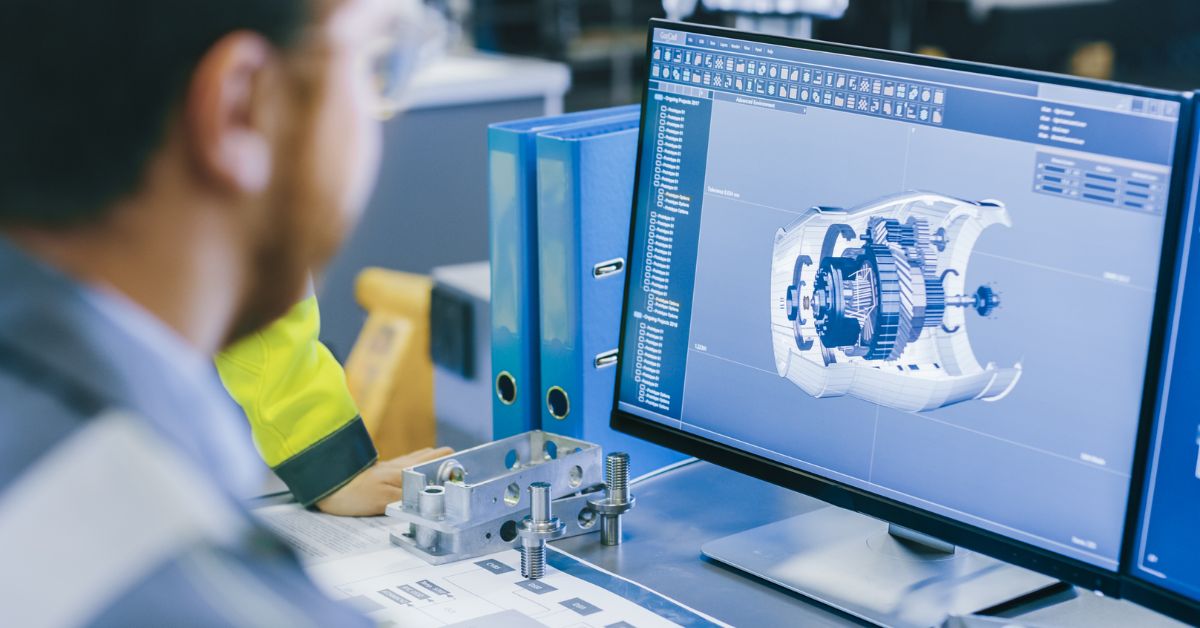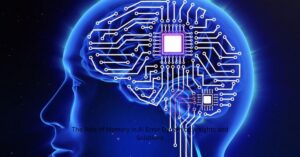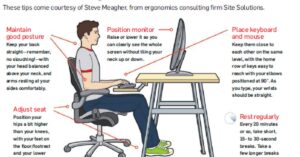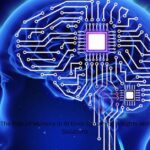Artificial intelligence (AI) is transforming the field of mechanical engineering design changing the way engineers tackle challenges and create groundbreaking solutions. Whether its designing skyscrapers or intricate machinery AI is making an impact, across all aspects of the industry.
The era of depending on approaches is over. AI introduces a standard of effectiveness and accuracy. It swiftly analyzes data sets identifying correlations and revelations that humans could overlook. This capability is reshaping the way we conceptualize elements ranging from bridges, to airplane propulsion systems.
AI is not focused on analyzing numbers. It also ignites innovation. Stretches the limits of what can be achieved. Engineers are currently delving into concepts that were previously deemed unattainable. By working alongside AI they are developing architectures and devices that possess strength, reduced weight and enhanced efficiency compared to models. The cutting edge of engineering has arrived, driven by the capabilities of intelligence.
Historical Context
Engineers have long envisioned design tools to enhance their efficiency and accuracy. AI has emerged as the transformative solution they have eagerly awaited.
The history of AI, in engineering dates back to its days, in computer aided design evolving into a remarkable force that extends beyond just assisting engineers but actually transforming the entire industry.
Fundamentals of AI Technology
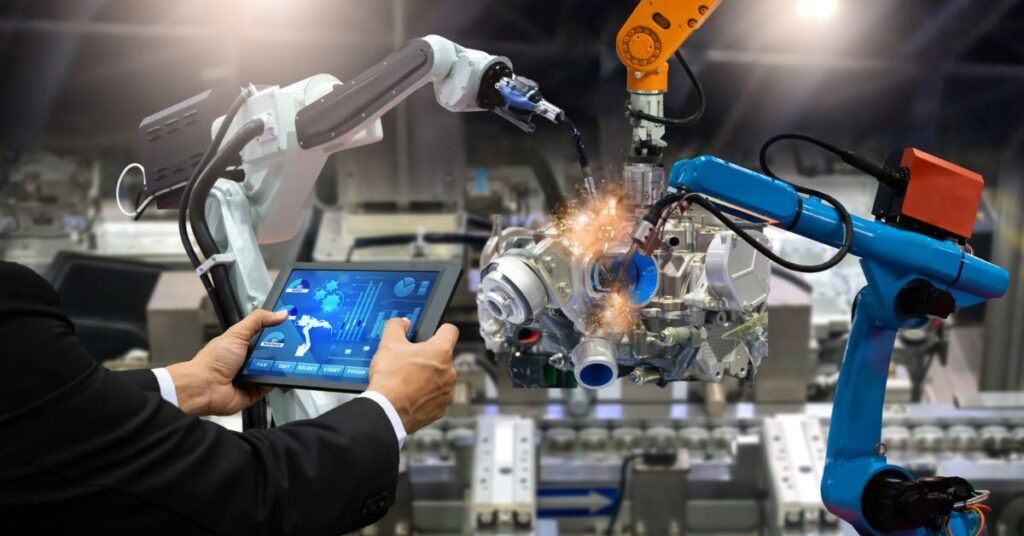
AI isn’t, like magic; it’s like supercharged math and logic. It relies on algorithms that can analyze data recognize patterns and come to conclusions. Imagine it as an assistant that never needs a break.
In the field of engineering artificial intelligence demonstrates its capabilities through the use of machine learning and neural networks. These technologies are adept, at addressing challenges that would require time for humans to resolve. It’s akin, to having a teammate who’s constantly available tirelessly working around the clock.
Related this post : Top Ten Best Build AI Tools
AI in Structural Engineering
Structural engineers are using AI to design buildings that are stronger and safer. It helps them analyze loads, stresses, and materials in ways they never could before. AI can even predict how a structure will behave over time.
But it’s not just about crunching numbers. AI is helping engineers get creative too. It can generate wild new designs that still meet all the safety requirements. It’s like having a brainstorming partner with infinite ideas.
AI in Mechanical Engineering
Mechanical engineers are loving AI too. It’s helping them design better engines, robots, and machines. AI can optimize designs for efficiency, durability, and performance all at once.
It’s also speeding up the prototyping process. Engineers can test thousands of designs virtually before building anything. This saves time, money, and materials. It’s like having a super-fast testing lab right on your computer.
Design Automation
AI is taking the grunt work out of mechanical engineering design. It can handle repetitive tasks and calculations in a flash. This frees up engineers to focus on the big-picture stuff.
But it’s not about replacing engineers. It’s about making them more powerful. AI tools can suggest design improvements and catch errors humans might miss. It’s like having a safety net that also pushes you to do better.
Enhanced Simulation and Modeling:
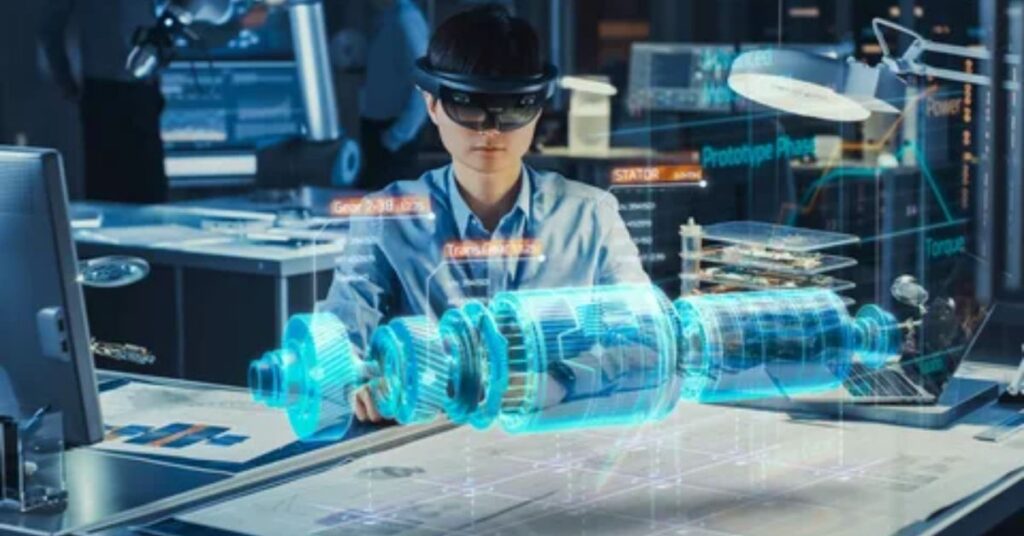
- AI supercharges simulation tools, making them faster and more accurate
- Virtual models can now mimic real-world conditions with scary precision
- Engineers can test designs in countless scenarios without physical prototypes
- This leads to safer, more efficient designs and huge cost savings
- AI-powered simulations can predict how structures will age over decades
Predictive Maintenance and Failure Analysis:
- AI acts like a fortune teller for machines and structures
- It spots tiny signs of wear and tear before they become big problems
- This helps schedule maintenance at just the right time, avoiding costly breakdowns
- AI can analyze past failures to prevent future ones
- It’s like having a doctor for your machines, keeping them healthy 24/7
Generative Design and Innovation:
- AI doesn’t just analyze designs – it creates them from scratch
- Engineers give AI goals and constraints, then it dreams up solutions
- This leads to wild, organic-looking designs that are super efficient
- AI can come up with ideas humans might never think of
- It’s like having a creative genius on your team, but one that never sleeps
AI in Structural Health Monitoring
Buildings and bridges are now able to communicate with us all thanks, to AI technology. Intelligent sensors gather information on the well being of structures with AI analyzing the data to detect issues before they escalate into disasters.
This goes beyond ensuring safety – it also involves improving maintenance efficiency. With AI we can anticipate when repairs will be necessary which not saves costs but also reduces inconvenience. It’s akin, to having a glimpse into the future for your infrastructure.
Integration with Other Technologies
AI doesn’t operate in isolation. It collaborates with technologies such, as 3D printing and virtual reality. This partnership is unlocking opportunities, in the field of mechanical engineering design.
In the world of engineering today envision creating a component, in reality refining it with the help of intelligence and instantly producing it using 3D printing. This represents the future that engineers are currently shaping—a realm where concepts materialize swiftly and efficiently.
Also read this post : Elon Musk and Quantum AI A New Era of Innovation
Challenges and Limitations
| Challenges | Limitations |
| Integrating AI with existing engineering workflows | Current AI models’ inability to fully understand context |
| Ensuring data quality and availability for AI training | Computational power constraints for complex simulations |
| Addressing ethical concerns in AI-driven design decisions | Lack of transparency in AI decision-making processes |
| Upskilling the current workforce to work alongside AI | Difficulty in handling completely novel or unique design scenarios |
| Managing the transition from traditional to AI-enhanced methods | Limited ability to account for all real-world variables |
| Developing robust validation processes for AI-generated designs | Potential for biased outputs based on training data |
| Balancing human intuition with AI recommendations | Inability to replace human creativity and intuition entirely |
| Ensuring cybersecurity in AI-driven design systems | Challenges in explaining AI decisions to stakeholders or regulators |
| Standardizing AI methodologies across the industry | Current inability to fully replicate human problem-solving skills |
| Overcoming resistance to change within organizations | Limitations in handling highly subjective design aspects |
Future Trends and Developments:
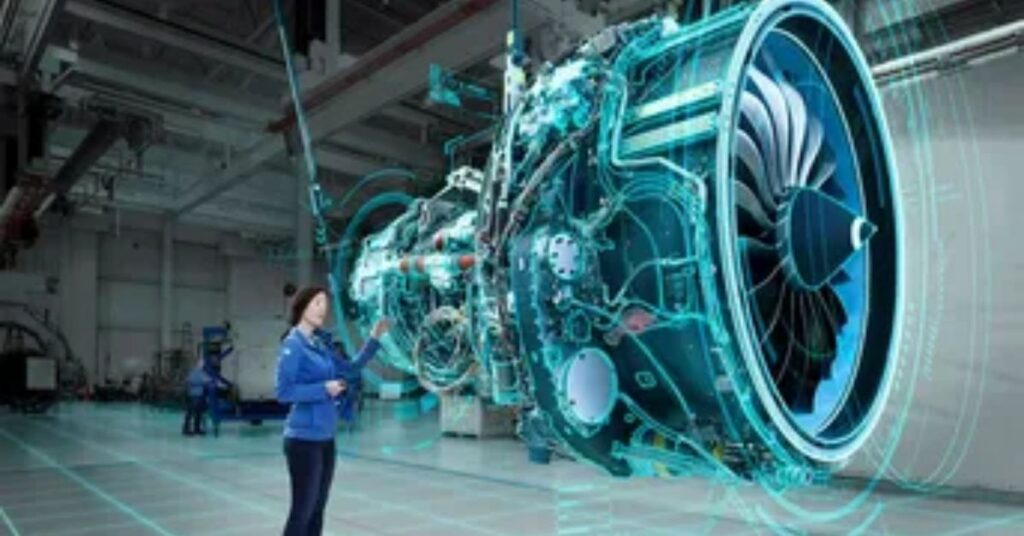
- AI will team up with quantum computing, unlocking mind-boggling processing power
- We’ll see more AI-designed structures that mimic nature’s efficiency
- Virtual and augmented reality will blend seamlessly with AI for immersive design experiences
- AI assistants will become standard tools for engineers, like calculators are today
- Self-healing materials guided by AI will lead to ultra-durable structures
- AI will help create buildings and machines that adapt to changing conditions
- Swarm intelligence might revolutionize how we approach large-scale engineering projects
- We’ll likely see AI taking on more decision-making roles in complex engineering systems
- Ethical AI will become a hot topic as the technology gets more advanced
- AI could lead to a new era of personalized, on-demand manufacturing
- Expect to see AI playing a bigger role in sustainable and eco-friendly design
- The line between human creativity and AI assistance will get blurrier
Frequently asked question
How is AI changing structural engineering?
AI’s boosting efficiency, enabling complex simulations, and sparking innovative designs.
Can AI replace human engineers?
No, AI’s a powerful tool that enhances human skills, not a replacement for creativity and judgment.
What’s the biggest challenge in implementing AI in engineering?
Integrating AI with existing workflows and ensuring data quality for training.
How does AI improve mechanical engineering design?
It optimizes designs, speeds up prototyping, and enables predictive maintenance.
Is AI in engineering design cost-effective?
Yes, it saves time and resources in the long run by reducing errors and improving efficiency.
Conclusion:
AI is transforming the field of mechanical engineering design. It’s more, than a tool. It has become a crucial companion, for engineers globally. Whether its towering skyscrapers reaching the skies or miniature devices that enhance life saving efforts AI is influencing every facet of our constructed environment.
That’s the start. With the progress of AI our capacity to invent, innovate and tackle engineering problems will also grow. The horizon of engineering looks promising driven by the partnership, between ingenuity and artificial intelligence. Get ready, for an exhilarating journey .
